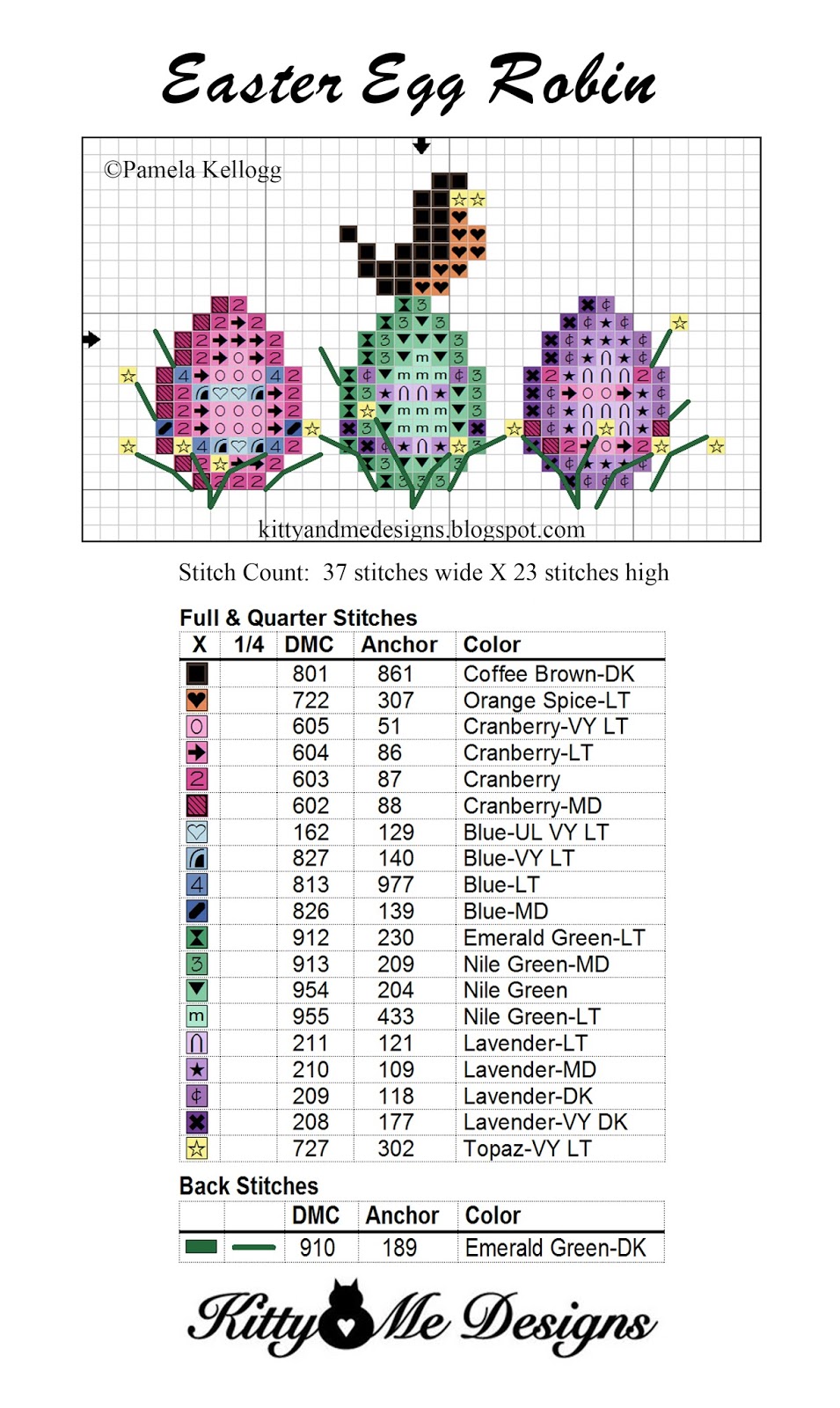
- #CROSS STITCH DESIGNER CLASSES HOW TO#
- #CROSS STITCH DESIGNER CLASSES PDF#
- #CROSS STITCH DESIGNER CLASSES SOFTWARE#
(Please refer to our classes page for more information on signing up. Needlework classes you can take from the comfort of your own home.

You'll want to laugh and stitch through the entire recording (which may be a few hours by the time we're done with it!)

Main Hall Entertainment with music and much much more! We have a long selection holiday music and entertainment recorded especially for you by the designers. Meet your favorite designers, ask them your questions, and get to know them personally. The booths will also have all sorts of stitching goodies you'll love browsing through.Īn exclusive Jingle Ball ornament book with one pattern from each designer for sale! When you’re happy with the finished result, you’re ready to begin stitching and using your own cross stitch pattern to work from.Here are some of the things you'll be able to enjoy at the Jingle Ball (though we're keeping a few secrets up our gown sleeves!):Ģ4 hour shopping with 13 booths prepared by the designers! Each designer has prepared at least one EXCLUSIVE holiday cross stitch pattern which you'll be able to purchase during the Ball! This exclusive is guaranteed not to sell out during the event.Create your own key down the side of the graph paper (or on a separate piece of paper but remember to keep them stored together) listing your chosen thread shades, along with a sample swatch of the colour that they correspond to.

We recommend starting to stitch from the centre of a pattern in the middle of your piece of fabric

Make your own cross stitch pattern using graph paper
#CROSS STITCH DESIGNER CLASSES SOFTWARE#
Though you might think that designing your own cross stitch digitally is only for professionals, did you know there’s another way you can make your own cross stitch using a program you probably already have on your computer? That’s right, there’s no need to splash out on expensive design software if you have Microsoft Excel to hand – say goodbye to spreadsheets and hello to a whole new world of cross stitch pattern making! If you don’t have Microsoft Excel you can also follow the same principle online using Google Sheets (you just need a free Google account). Then simply match these to your coloured pencils or pens, and you can start drawing!
#CROSS STITCH DESIGNER CLASSES PDF#
The PDF pattern is included in the class.
#CROSS STITCH DESIGNER CLASSES HOW TO#
Now you can finally learn how to tackle almost any cross stitch pattern, and stitch up this lovely cross stitch hoop in the process. A shade card or skeins of your chosen thread colours is useful too, for picking the colours and combinations. Backstitch is a fundamental skill for cross stitchers, and is found in many beginner patterns and most intermediate cross stitch patterns. You may have heard of, or even tried, the DIY method of creating your own cross stitch pattern using graph paper – all you need are some basic supplies to hand-draw your design with coloured pencils or pens on some gridded 10×10 graph paper. You’ll find loads of free cross stitch designs to try here on Gathered, but sometimes you might want to make your own cross stitch pattern and stitch exactly what you want when you want! You just need a little imagination and anyone can give it a try.


 0 kommentar(er)
0 kommentar(er)
